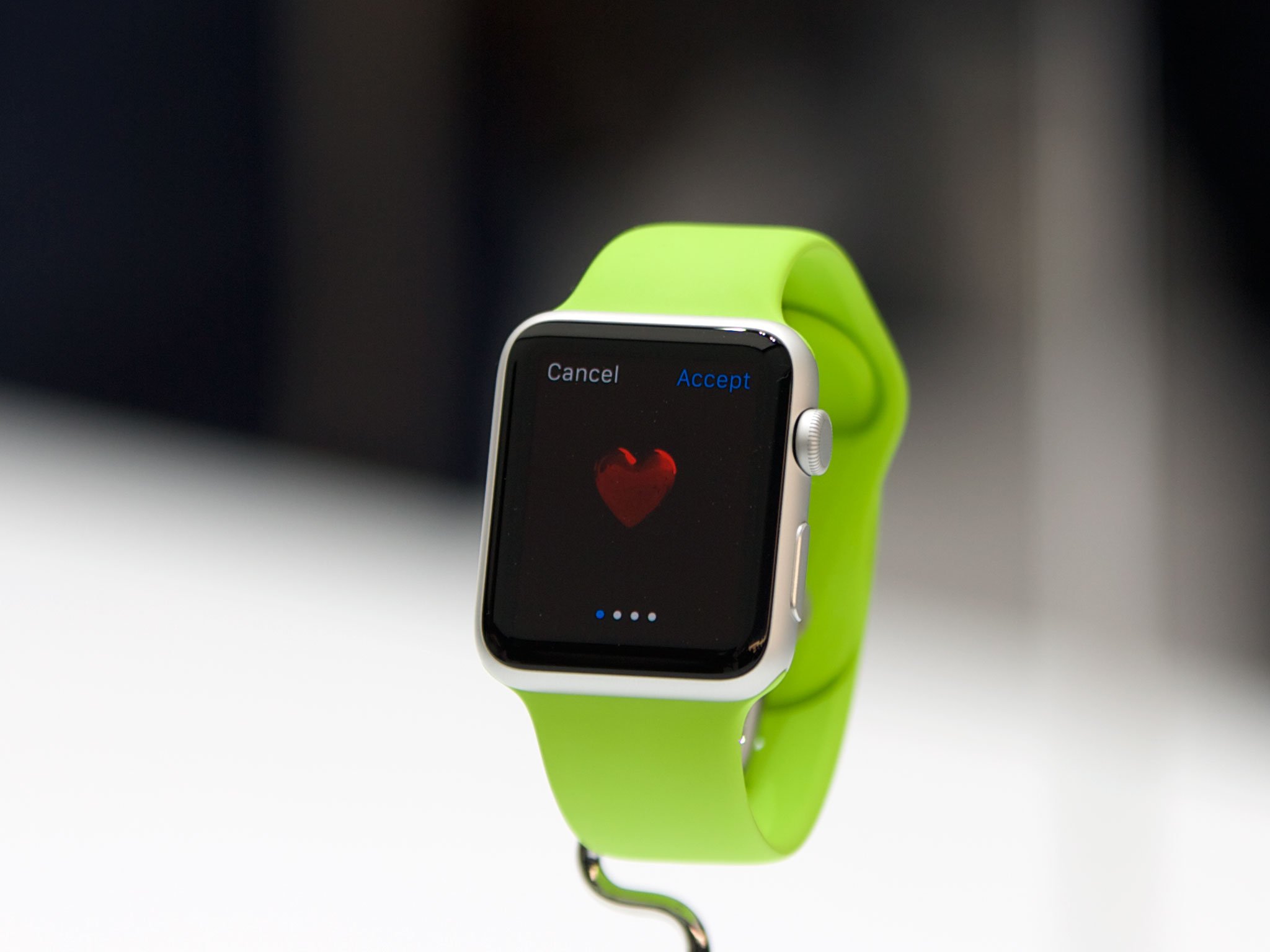Apple Watch, WatchKit, and Accessibility

Ever since rumors started swirling that Apple was working on a wearable device, I've often thought about what such a device would mean for people with disabilities. My curiosity is so high, in fact, that I've even written about the possibilities. Make no mistake, for users with disabilities such as myself, a wearable like the Apple Watch brings with it usage and design paradigms that, I think, are of even greater impact than what the iPhone in one's pocket has to offer.
Suffice it to say, I'm very excited for Apple Watch's debut sometime next year.
Apple's release of WatchKit to developers has heightened my excitement and curiosity for the Watch, because the tools offer a clearer glimpse into what the device is capable of doing. Specifically, I'm very keen to find out what, if any, Accessibility software is included. We know Siri is integrated into the Watch, but what of VoiceOver or Dynamic Type? Surely with a screen is so small, Apple has to build in a certain level of accessibility for visually impaired users. Furthermore, how will Apple accommodate users with fine-motor challenges, who may have trouble manipulating the digital crown? Edge cases like this should be taken into consideration as well.
I spent some time looking through the Apple Watch SDK, but I hadn't found any references to Accessibility. After asking around on Twitter, I was alerted to a WKInterfaceObject string of code that allows for Accessibility and localized text. I'm no computer programmer so I'm unable to fully understand what that means, but my low-level take is that, yes, Apple has baked in some Accessibility features into the Watch's operating system. What those features actually are remain to be seen, but it's comforting nonetheless to know that the Watch will be accessible, more or less.
Even with WatchKit, there's still much that we don't know about the Watch's functionality --- or, for that matter, the S1 computer module that powers it all. Still, given what is known at this point about the Watch and how it works, I think it's safe to make some educated guesses on how the Watch's hardware and software will impact accessibility. To that end, I believe there are two facets of the Watch that have the potential to be huge usability wins for the disabled.
First, as demonstrated in the introductory video, is raise-to-wake. As Jony Ive describes, Apple Watch senses when the user is raising his or her wrist, and automatically turns on the display. This is great for someone like me who, being visually- and motor-impaired, might have issues with finding and pressing a button to wake the screen. As someone who used to wear digital watches in the past, I can attest that locating and pressing a physical button to turn on the screen is a real bother. (What's worse, sometimes physical buttons have multiple functions.) That all I need to do with Apple Watch is raise my wrist to bring up the display makes it that much more accessible, because it removes the friction (e.g., finding/pressing a button) in the otherwise mundane task of checking your watch.
Secondly, the "Taptic Engine" that Apple uses to deliver messages to the wearer (via a subtle tap-on the-wrist sensation). The subtle tapping on the wrist, I think, will be huge for the visually impaired, insofar that it allows for another mode of notification. That is, it could become problematic to always check your watch — not only is it socially inappropriate, but constant checks on such a small screen may cause increased eye strain. It's a small detail, to be sure, but I know from personal experience how much better I feel by conserving my visual energy, so to speak.
iMore offers spot-on advice and guidance from our team of experts, with decades of Apple device experience to lean on. Learn more with iMore!
Moreover, for hearing impaired users, the Taptic Engine could be beneficial in that it would replace auditory feedback; this effect would be similar to the adaptive technology used by the deaf. Growing up with deaf parents, our doorbell had not only a ring, but also a lightbulb attached so that whenever the doorbell rang, it flashed light too. The same applied to our telephone; it even extended to the alarm clock in my parents' bedroom: when the alarm went off every morning, not only would there be an audible buzz but the bed would vibrate. That's how my parents knew it was time to get up.
As I said at the outset, I'm very excited for the Apple Watch. Although it's too early to truly tell how well its software and typeface will impact accessibility --- the thing isn't even out yet! --- I'm cautiously optimistic that the Watch will be a substantial improvement over adaptive aides like the classic talking watch, in functionality and in fashion. It'll be very interesting to see over the coming months what more Apple reveals regarding the Watch, especially when it comes to accessibility.
Steven is a freelance tech writer who specializes in iOS Accessibility. He also writes at Steven's Blog and co-hosts the @accessibleshow podcast. Lover of sports.

